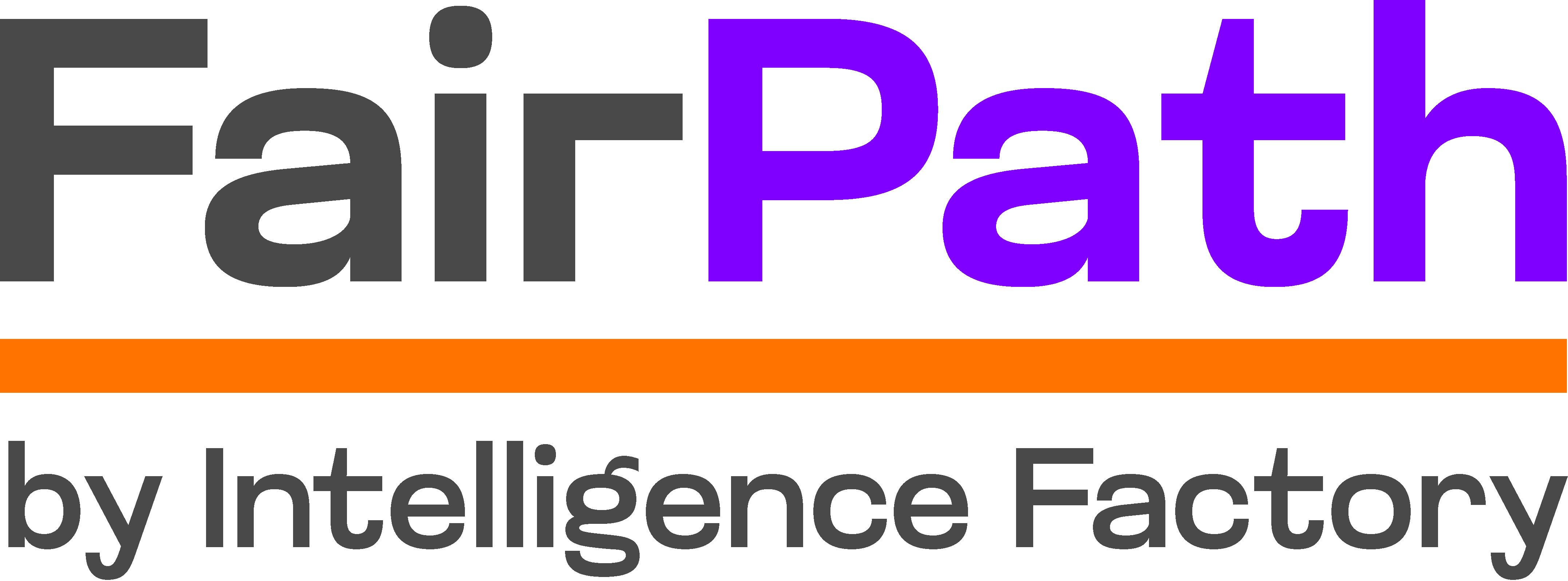2026 RPM Coding Changes: A Complete Practice Guide
Medicare has finalized two new RPM codes (CPT 99445 and 99470) for 2026. This adds new billing options for shorter monitoring windows (2–15 days) and lower time increments (10–19 minutes).
Here is a complete breakdown of the new rules, billing logic, and documentation requirements.
These New Rules Create New Work. Automate It.
Manually tracking 2-15 days vs. 16-30 days and 10-19 min vs. 20+ min is a nightmare for billing staff and a high risk for denials. FairPath's "Compliance-as-Code" engine automates it all.
The Headline: What's New for 2026
Effective for services on or after January 1, 2026, Medicare finalized two key additions to the Remote Physiologic Monitoring (RPM) family:
-
New device-supply code for shorter monitoring windows:
- CPT 99445:
device(s) supply with daily recordings/programmed alerts when 2–15 days of data are captured in a 30-day period.The existing99454now explicitly covers 16–30 days. You report one or the other per 30 days (not both).
- CPT 99445:
-
New first-increment management code:
- CPT 99470:
first 10–19 minutes of RPM treatment management time in a calendar month (requires at least one real-time interactive communication).If you reach 20 minutes, you report99457instead.99470is not additive with99457in the same month.
- CPT 99470:
The Full 2026 RPM Code Lineup (Medicare)
Here is how the new codes fit in with the existing ones.
99453
Initial set-up and patient education (once per episode of care).
99445 (NEW)
Device supply & transmission for 2–15 days in a 30-day period.
99454 (Updated)
Device supply & transmission for 16–30 days in a 30-day period.
99470 (NEW)
First 10–19 minutes of RPM management in a month (requires 1+ interactive communication).
99457
First 20 minutes of RPM management in a month (requires 1+ interactive communication).
99458
Each additional 20 minutes (add-on to 99457).
99445 (2-15 days) and 99454 (16-30 days) at the same national rate. This is due to CMS using OPPS hospital data to set rates, not just vendor-submitted costs. 99470 (10-19 min) is valued at roughly half of 99457 (20+ min).
How to Choose the Correct Code in 2026
This new logic creates two "either/or" choices for your billing team:
For Device Supply (Choose ONE per 30 days):
- IF the patient’s device data hits 2–15 days → Bill CPT 99445
- IF they hit 16–30 days → Bill CPT 99454
- (Do not bill 99445 and 99454 together.)
For Management Time (Choose ONE set per calendar month):
- IF you spent 10–19 minutes (with 1+ interaction) → Bill CPT 99470
- IF you reach ≥ 20 minutes → Bill CPT 99457 (and
99458for each additional 20 min) - (Do not bill 99470 and 99457 together.)
Documentation Checklist (What Auditors Will Expect)
- Supply & Days: You must have the device order, proof it's an FDA-defined medical device, and clear transmission logs showing the count of days with valid data to support your choice of
99445vs.99454. - Management Time: You need a dated log of all clinically necessary work (review, care plan adjustments, etc.), a cumulative minute count for the month, and documentation of the required live, interactive touchpoint.
- Exclusivity Checks: You must show that no other practitioner billed RPM for the patient and that you did not bill RTM concurrently.
Don't Skip This: New Codes Don't Fix Payer Denials
These 2026 CMS rules are only part of the story. Medicare payment policy and commercial payer coverage are not the same thing.
A new CMS code does not force commercial payers to cover it.
Example: UnitedHealthcare states that, beginning Jan 1, 2026, it will cover RPM only for heart failure and hypertensive disorders of pregnancy. Under that policy, RPM for other conditions (like diabetes or essential hypertension) will be denied as "not medically necessary."
This means you could perfectly follow all the new rules for 99445 and 99470... and still have the claim denied because the patient's diagnosis isn't covered by their specific plan.
What Your Practice Should Do Now
- Acknowledge the Complexity: These new codes, combined with payer-specific rules and OPPS-informed pricing, prove that manual RPM billing is no longer viable. The risk of human error, denials, and non-compliance is too high.
- Audit Your Risk: Before you implement these new codes, you must understand your current billing risk. Are you already making code-stacking errors? Are your device logs clean?
- Automate Compliance: Stop using spreadsheets to track billing. The only way to compliantly manage 2-15 vs 16-30 day rules, 10-19 vs 20+ min rules, and payer-specific eligibility is with a "Compliance-as-Code" engine.
- Stabilize Your Revenue: The smartest move is to shift your foundation to a program that isn't this volatile. Build your base on APCM (Advanced Primary Care Management) for predictable, stable revenue, and use an automated tool to add RPM only when it's compliant and profitable.
Stop Manually Tracking Days & Minutes. Automate It.
FairPath's "Compliance-as-Code" engine is already programmed for the 2026 rules. We automatically select the correct device code, bill the correct time code, and check against payer-specific rules before you bill.
